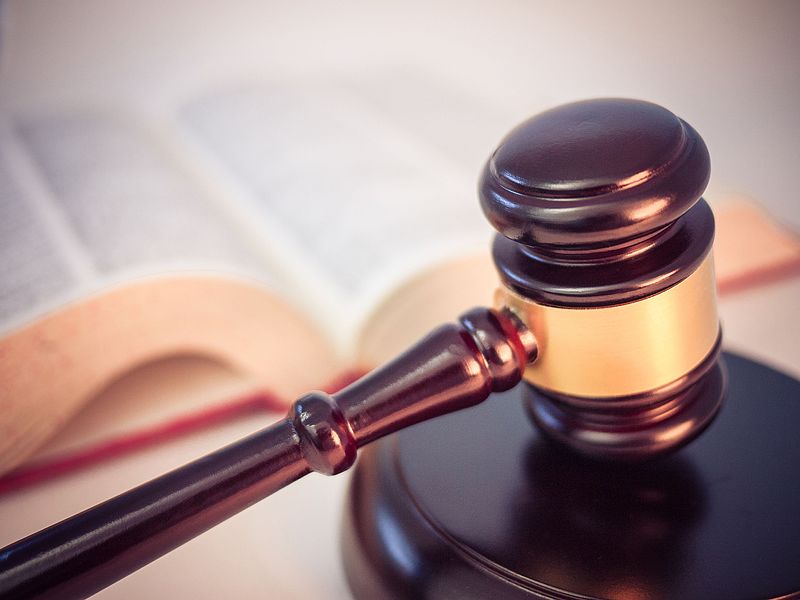“A play is about what its characters spend their time talking about.”
I forget where I heard that, but I have long used this succinct summation of how to write about theater to guide my approach to presenting evidence in court and making arguments to jurors.
LEARN MORE
- A Virginia Personal Injury Attorney Explains How to Recover Monetary Damages for Catastrophic Injuries
- Understanding the Different Types of Defective Product Claims
- How a Personal Injury Lawyer Helps Jurors Understand Evidence
Wining a case for my personal injury client requires convincing members of the jury that all of the following things are true:
- The defendant acted in a negligent or reckless manner.
- The defendant’s negligent or reckless behavior caused a preventable accident or allowed a preventable accident to occur.
- My client suffered injuries in the accident the defendant caused or permitted to happen.
- The injuries my client suffered were serious enough to require medical care and, often, leave my client with some form of long-term or lifelong disability.
Establishing the first two facts involves proving liability. When a person or a company acts negligently or recklessly, the individual or entity takes on liability for compensating victims of the careless or heedless behavior.
 Proving liability is essential, but it is also relatively straightforward. Evidence will show that the defendant in a car crash case committed a traffic violation while my client did not. In a railroad worker injury case, some clear violation of a federal safety rule by the defendant company will have occurred. In a defective and dangerous product case, company records will show that executives knew of risks to consumers but took no action to mitigate those risks.
Proving liability is essential, but it is also relatively straightforward. Evidence will show that the defendant in a car crash case committed a traffic violation while my client did not. In a railroad worker injury case, some clear violation of a federal safety rule by the defendant company will have occurred. In a defective and dangerous product case, company records will show that executives knew of risks to consumers but took no action to mitigate those risks.
Establishing the third and fourth facts proves that my client—the plaintiff in the personal injury lawsuit—deserves compensation. Generally, personal injury victims can claim
- Past and future medical expenses for treatment and therapy,
- Past loss of wages and future loss of earnings from work,
- Compensation for noneconomic damages such as pain, suffering and emotional distress.
Victims of drunk and drugged drivers, as well as victims of dangerous or defective products, may also have grounds for claiming punitive damages. These are noncriminal fines assessed by the jury to penalize actions that the defendant should have known would inflict harm.
While sketching out my plan for court, I reserve considerably more time for making arguments for compensation than for proving liability.
In fact, questions about what happened may be fully answered before a trial even starts. The defendant will occasionally admit liability but demand a trial only to resolve issues related to how much compensation the personal injury victim is due.
In many cases, I will retain professionals to prepare multiple medical illustrations, and I will sometimes also use explanatory videos. I will call medical experts to testify and, depending on the issues in the case ask an economic or vocational expert to comment on how my client’s injuries affected their ability to earn a living or continue progressing in their chosen career. I will also share reports from or invite witness stand testimony from my client’s loved one’s. Those closest to the injured victim often have the most impactful stories to tell about the severity and long-lasting effects of my client’s injuries.
In sum, I make the trial about what my client deserves to recover financially from falling victim to the defendant’s negligence or recklessness.
EJL